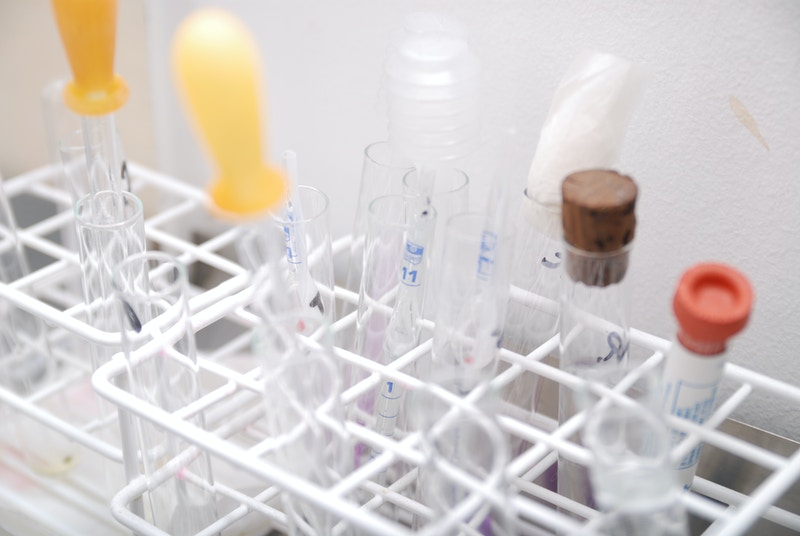
Pharmaceutical companies prioritize the safety of their products as a life-and-death matter. With the rapid advancements in medical technology and drug development, pharmaceutical companies need to continuously seek methods to ensure that all of their products meet stringent regulatory standards and customer expectations. One critical aspect of this process involves extensive testing under various conditions that mimic real-world scenarios to ensure the drugs can withstand adverse conditions. This is where environmental test chambers are useful. This specialized laboratory chamber creates controlled conditions, allowing researchers to observe how a drug responds to external factors such as temperature, humidity, and pressure.
Environmental chamber testing services are vital for assessing the stability and safety of pharmaceutical products. Facilities equipped with environmental testing chambers can simulate a wide range of environmental conditions, helping companies determine how their products will perform over time and under different circumstances. This not only safeguards consumer health but also fosters trust in the pharmaceutical industry. In this article, we’ll delve deeper into how pharmaceutical companies use this environmental room and the rigorous testing protocols to ensure their products are safe before they reach the market. Join us as we explore the integral role these testing processes play in maintaining quality and protecting public health.

Pharmaceuticals are charged with the incredibly important task of medicine packaging and medical device packaging. Normally, packaging is meant for the dual purpose of ensuring the product’s safety, and to market it on the shelves of medical equipment stores. However in the case of medicine, packaging plays a much more crucial role.
First of all, like other products, medical packaging needs to ensure the product’s safety, but these standards are far higher than other common goods. Packaging has to be carried out in a sterile environment for these safety purposes. This keeps them free of contamination, hinders microbial growth, and ensures that the product’s shelf life in medical equipment stores lasts as long as intended.
Medical equipments manufacturers also design packaging so that it’s tamper-proof as well, to ensure that no criminals have meddled with its contents. This is commonly done with foil and heat sealing to ensure that it’s kept away from outside factors.
One kind of packaging that ensures these high levels of safety is blister packaging. This is considered to be extremely cost effective, and it prevents damage to the packaged product by allowing an extra amount of space, like a buffer, between the the product and its packaging.
Another way that pharmaceutical companies can ensure their products are safe on the shelves of medical equipment stores is with die cut cards. These are used in combination with sealing pills or other medicines in peel pouches for one-time open safety. This means that once the product is taken off the medical equipment stores’ shelves and opened, it cannot be resealed, ensuring that no tampering is done. Die cut cards are easily purchased in both large and small amounts, making them also very cost efficient.
These are just a few of the ways that pharmaceutical companies ensure that their products are safe on medical equipment stores’ shelves. If you have any questions, feel free to ask in the comments.